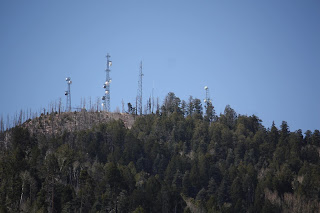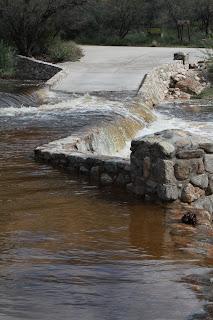Inside Out by Demi Moore
How does one see a life honestly and
accurately from the inside? How does one
manage this phey have been raped at the age of fifteen? Moore’s story
starts with unruly unstable relatives and abusive unstable and suicidal parents. With
that background to start with Moore had almost no normal home life. The family moved so often that Moore seldom was in a school
for more than a few months at a time. Set free in this environment in her early teens she fell victim to the kind of drug and alcohol abuse that was already a common
factor in her parent’s lives. The final straw was being pimped by her own
mother for $500 at the age of fifteen.
Moore does see now that
many of her problems with relationships, sex, marriage, and motherhood stemmed
from a sense of helplessness, inadequacy, and guilt fostered by her mother’s actions and failures.
Thus her story is another spoke in the wheel of the "Me too" era in which women find themselves trying valiantly to rid themselves of the sins that were never theirs in the first place. The man who raped her was clearly another Harvey Weinstein.
As luck would have it, Moore was able to
parlay some early modeling jobs into an acting career of real significance. Yet each step along the way was often made more difficult by difficult relationships and returning alcohol and drug dependency. One area she never really deals with how the financial
success issue and her choice of profession intimately connected with her problems. For instance, it is pretty obvious in the book that the money
allowed her to fund debilitating habits without ending up a fowl of the law,
Many people raised in the environment she was raised in have ended up incarcerated before they could dig themselves out of the holes they had dug themselves into. Might there have been fewer issues if she had not chosen to marry men who were also famous actors and had their own problems?
I found some of the stories of the films she
made interesting, but on the whole this didn’t keep the telling of her life story from being as much celebrity voyeurism as a warning to avoid the mistakes I
made. Ultimately for me it was certainly a
warning that having a lot of money to throw at problems doesn’t necessarily cure them. I do certainly
wish her peace now and a continued career in the arts.





























































